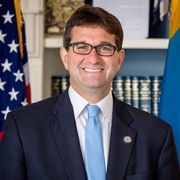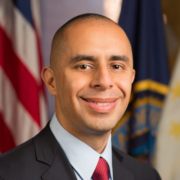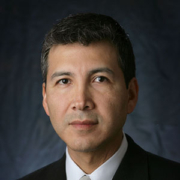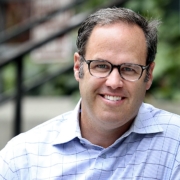Closing the Digital Divide in Unconnected Communities
On Tuesday, Maryland Governor Wes Moore announced that millions of dollars in federal funding have been made available to help close the digital divide in Maryland’s communities. State officials unveiled a partnership called ActNow to spread awareness of and enrollment in the Affordable Connectivity Program, with the nonprofit organization EducationSuperHighway. Read more about this here.
Elsewhere, C Spire, a tech company, announced a major expansion of its high speed fiber network in Montgomery, Alabama. Many city leaders, including NewDEAL Leader Mayor Steven Reed, believe that this announcement will allow Montgomery to move forward as an emerging technology hub. Mayor Reed has previously said that Montgomery’s goal is to become a leader in both technology and innovation. This broadband expansion, advocates say, will benefit both businesses and residents, as well as bring a big boost to economic development. Read more about Montgomery’s new fiber network access here.













